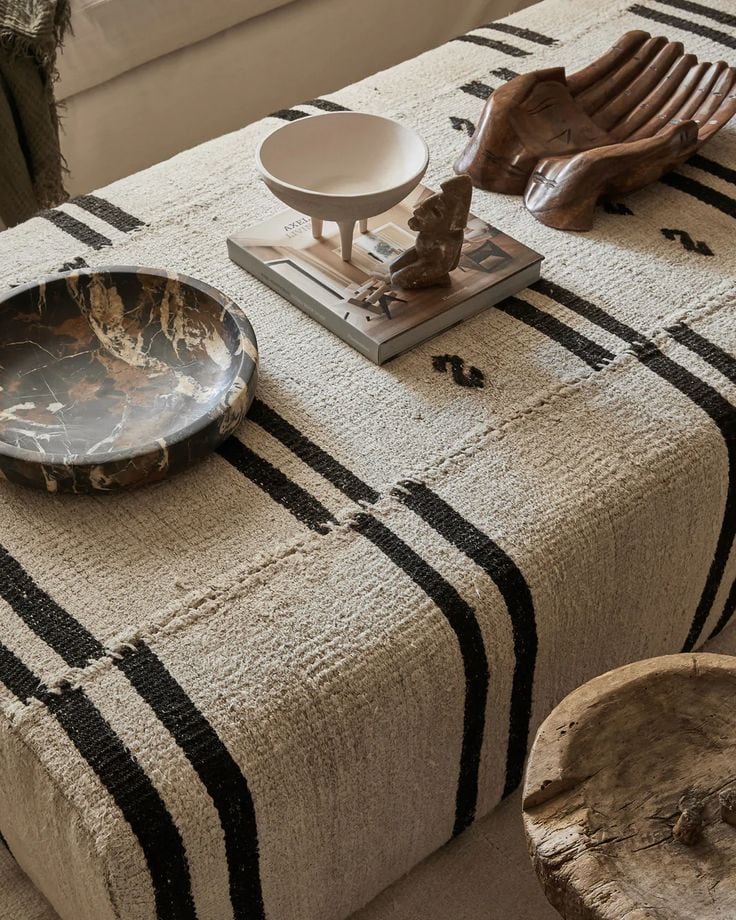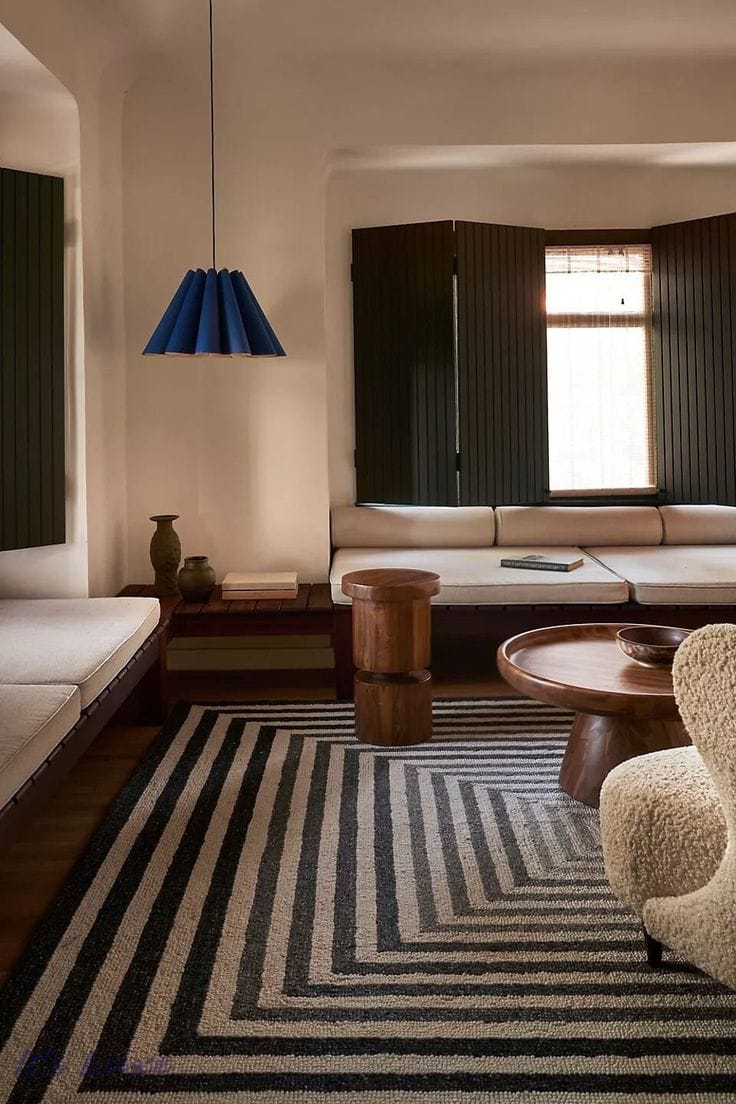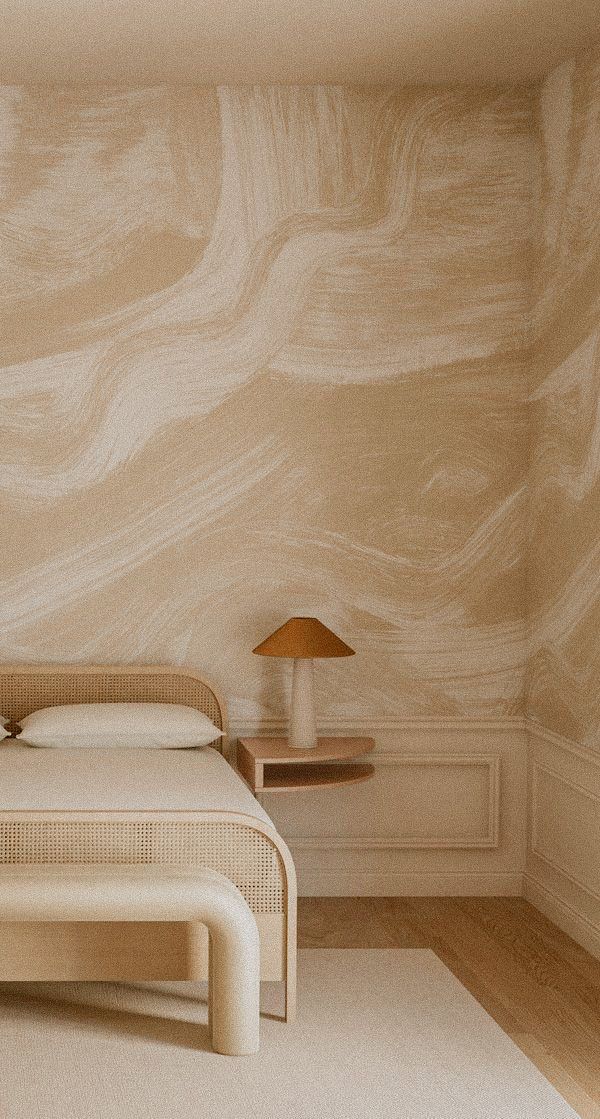The Art of Mixing Patterns
Within the realm of Interior Design, the desire to break boundaries and explore possibilities has transformed living spaces in a home into creative canvases.
At BOWERBIRD, we believe that mixing patterns is an avenue that allows homeowners to create a space that’s a reflection of their unique personality. In this blog, we’ll delve into the art of mixing patterns in Interior Design, offering tips to help you achieve a bold and cohesive look that embodies authenticity and confidence.
Start with a Neutral Base
Just like in fashion, it’s crucial to begin with a neutral base when working with patterns in Interior Design. Neutral-coloured walls, floors, or large pieces of furniture provide a calm and versatile backdrop against which patterns can shine. This blank canvas allows for creativity without overwhelming the space.
Choose a Dominant Pattern


Select a dominant pattern that will serve as the focal point of the room. This pattern should be larger and more eye-catching than the others, setting the tone for the entire space. For instance, a bold, geometric wallpaper can be the centrepiece of a pattern-mixing interior.
Stick to a Coordinated Colour Palette
To achieve a cohesive look, ensure that the patterns you incorporate share a coordinated colour palette. This will tie your space together and create visual harmony. Using a colour scheme wheel can help you find complementary or analogous colours that work well together.
Mix Pattern Scales
Avoid overwhelming your space by varying the scales of your chosen patterns. Pair a large, striking pattern with smaller, more intricate ones. The contrast in scale will add visual interest without causing chaos in your design.
Balance Geometric and Organic Patterns
Combining geometric and organic patterns is an effective way to achieve balance in your Interior Design. Geometric patterns, like stripes or chevrons, provide structure and order, while organic patterns, such as natural textures, bring an element of warmth and creativity to the space. This interplay creates a visually dynamic space.
Pay Attention to Texture


Texture plays a crucial role in pattern mixing for Interior Design. Incorporating different textures, such as smooth leather, rough textiles, or glossy ceramics, can add depth and dimension to your space. For example, pairing a textured shag rug with sleek, geometric-patterned furniture creates a delightful contrast that elevates your overall design.
Accessories and Décor Elements
If you’re new to pattern mixing in Interior Design, start small with accessories and décor elements. Patterned, cushions, rugs, or artwork can be excellent introductions to this skill. These accents add visual interest to a room without overwhelming it, allowing you to experiment and build confidence in your pattern-mixing skills.
Confidence Is Key
The most important element in the art of mixing patterns in Interior Design is confidence. Believe in your choices and design with passion and authenticity. When you feel good about your design, your space will exude a positive, genuine, and authentic atmosphere.
Mixing patterns in Interior Design is a creative and personalised way to express your unique style and transform your living space into a canvas that tells your story. Don’t know where to start? Let us curate a space to love, a space that reflects you and your lifestyle. Fill out the form to book your free consultation.